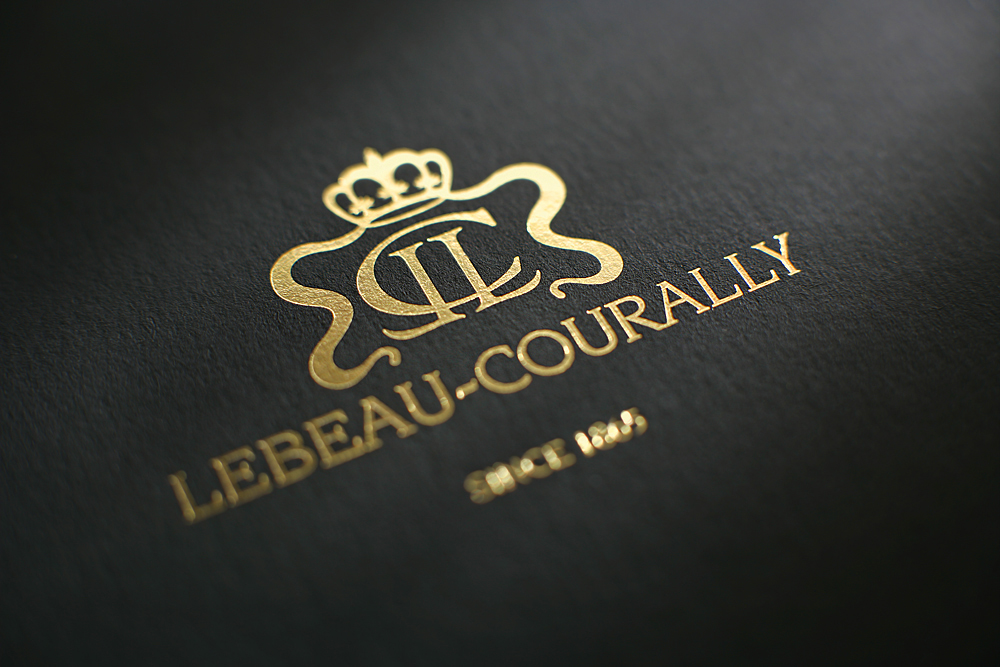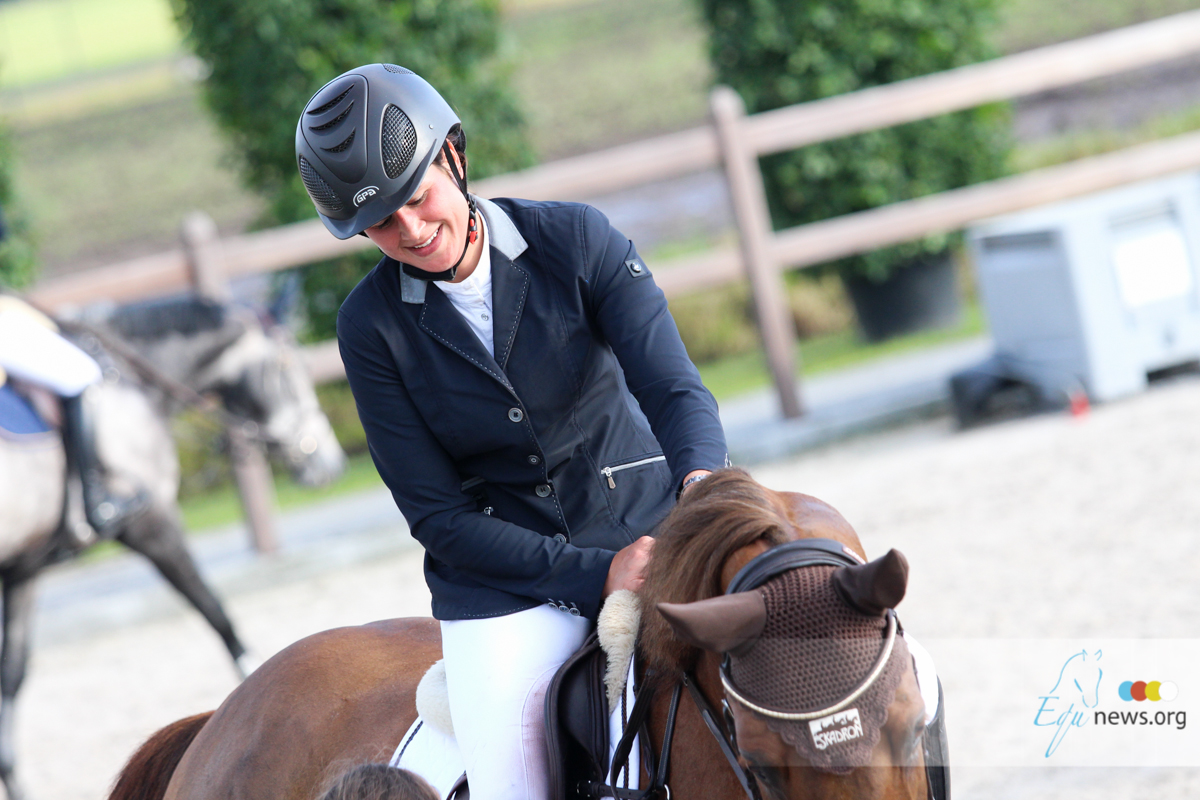It is a popular thing with human athletes, cross-training. But can this training have the same beneficial effects to our equine athletes? As our expectations for our horses increase, so should our knowledge of injury prevention and our understanding of the psychology of the equine athlete. Cross-training allows us to spread the cumulative level of othopedic stress over an increased number of muscles and joints. By 'sharing the load' we are able to train longer at greater intensity without overloading vulnerable areas. For example: A show jumper (or dressage horse) requires a high level of hindquarter strength and endurance to maintain collection. As an alternative to the typical strength-training, the horse would benefit from regular, controlled hill work to: - Strengthen the muscles of the hindquarter without putting a focal stress on common areas of injuries. - Move the sacoiliac joint in a different pattern reducing the chance of repetitive strain associated with inflammation - Give the rider and the horse a mental break from the intense training within the ring. Besides having set a good schedule it is critical for the mental and proper musculoskeletal development of the athlete to have a rest-period/day for every three training days. Or even beter you vould provide cross-training like a trail ride or swim on these days. But there is more in stake than (just) injury prevention. A cross-training program might improve the fitness of the horse. It is one of the primary purposes of the cross-training with human athletes. It is all in routine and repetition. For example a show horse which is hacked out or does the ocasional 12- to 30 mile distance ride builds a greater aerobic capacity and endurance for long show weekends then a a horse in the strength-training. The combination of collected “heavy lifting” work alongside “long and low” hacking works the muscles in a different capacity, and reduces the risk of over loading on a specific structure (i.e. suspensory ligament). As mentioned, cross-training can provide benefits, including: - Increased cardiovascular fitness and musculoskeletal strength - Enhanced motivation by diminishing the potential for boredom - A rejuvenated mind and body during breaks from formal training. A similar microdamage-repair cycle occurs within the tendons and ligaments, however, they have a limited ability to self-repair quickly. Hilary Clayton, BVMS, PhD, Dipl. ACVSMR, MRCVS, of Sport Horse Science, highlighted an important difference between tendons and bone: Elastic tendons accumulate microscopic damage over the lifetime of the horse, which puts older horses at risk of exercise related damage. The key to a strong musculoskeletal system is gradual and varied loading. Training at different gaits, on varied terrain, enables the bone and soft tissue to be stressed in different directions and reduces the effect of repetitive strain. This is as true for the dressage horse as it is for the racehorse. Ring Sour Horses with Stereotypies Some people recommend using hot walkers, treadmills, or underwater treadmills as alternatives for riding. From a purely physical perspective, all of these modalities provide excellent physical training, however, we must remember that in addition to the physical benefits of cross-training, we are also looking to keep our equine counterparts happy in their work. We should not gloss over the impact of the social relationship on the horses’ psyche. Instead, we should make it an important part of the horses’ weekly schedule. Hacking or jump schooling in groups, cattle sorting, or beach riding are all options that can provide both physical and mental benefits when implemented correctly and safely. And, it can allows us, as riders, to spend an afternoon in the saddle without the stress of competition.
Cross-Training Sport Horses for Body and Mind
-
categories: Lifestyle



